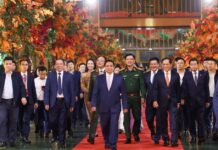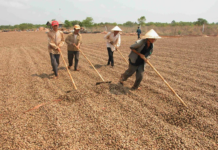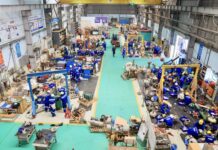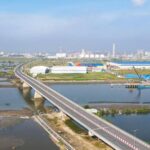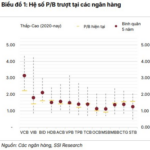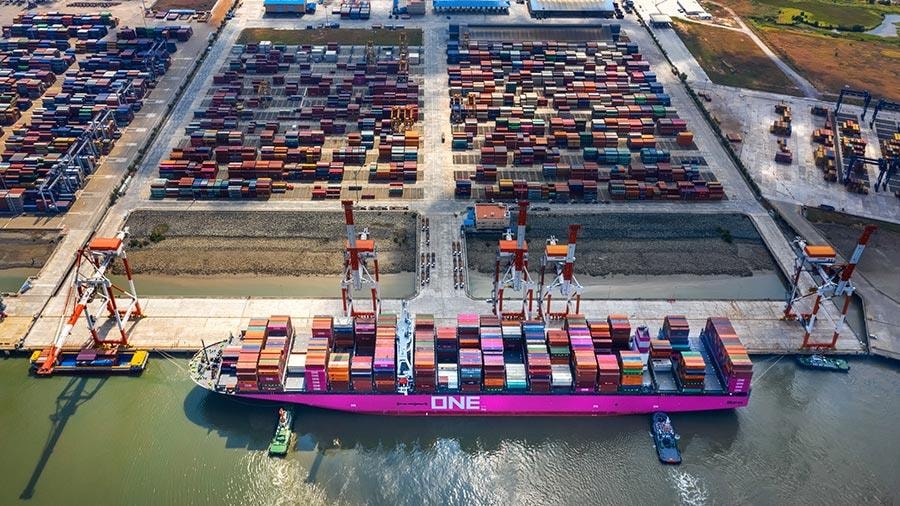
This October in Hanoi, the FIATA World Congress 2025 (FWC 2025), the most significant event in the global logistics industry, will take place under the theme “Green Logistics, Rapid Adaptation.”
With over 1,000 delegates from more than 150 countries, including multinational corporations and leading logistics companies, this event serves as a profound reflection of the fundamental shifts in global supply chains.
Abandoning the Long Supply Chain Model
A central topic of discussion at the Congress is “Global Trade Restructuring – Challenges and New Adaptation Strategies,” highlighting the world’s shift from the long, centralized supply chain model of the past century to a new era prioritizing flexibility and supply chain security over mere cost optimization. Driven by geopolitical complexities, rising protectionism, and stringent sustainability demands, this restructuring compels the logistics sector to undergo strategic transformations.
The shift in trade flows is evident through the trends of fragmentation and regionalization. Major corporations are moving from “just-in-time” to “just-in-case” strategies, favoring “friend-shoring” or “China + 1” approaches to minimize dependency risks. This has spurred significant growth in regional trade corridors, particularly in Asia—the projected economic powerhouse of the 21st century.

This transformation demands that logistics providers develop more integrated and flexible multimodal solutions. According to Richard Baldwin, Professor of International Economics at the Graduate Institute in Geneva, “We are witnessing the division of supply chains into geo-economic blocs. Future trade flows will be less driven by absolute labor cost advantages and more by geopolitical reliability.”
Baldwin also notes that companies are adopting “friend-shoring” or relocating production to allied nations, making trade more localized. This increases intra-regional trade volumes in areas like ASEAN, Europe, and North America, but also complicates multimodal connectivity needs.
Deborah Elms, Executive Director of the Hinrich Foundation’s Trade Policy Program, emphasizes that complex rules of origin and new trade agreements (e.g., CPTPP, RCEP) create a challenging trade environment. Logistics providers must deeply understand and flexibly apply these rules, necessitating robust data management and compliance systems to avoid significant cost and delivery delays.
Another critical factor in restructuring is green logistics. Mechanisms like the EU’s Carbon Border Adjustment Mechanism (CBAM) are creating new barriers for exporters, forcing the logistics sector to adapt. Lars Jensen, CEO of Vespucci Maritime, predicts, “Within 5-10 years, green shipping costs will shift from optional to mandatory market requirements. Freight forwarders will play a crucial role in calculating and reporting carbon emissions per shipment, directly influencing large shippers’ partner choices.”
Adapting to Surge Ahead
However, this restructuring is not without challenges, particularly in terms of costs and infrastructure. While global logistics costs average 10-12% of GDP, in developing economies like Vietnam, they remain high at around 16.8% of GDP, significantly impacting export competitiveness.
Experts suggest that to address high costs, digital transformation is essential alongside infrastructure improvements. Blockchain technology can enhance transparency, reduce fraud (e.g., forged bills of lading), and streamline complex customs procedures, directly lowering operational costs.
Additionally, green logistics pressures are reshaping the industry. New carbon emission regulations are compelling transport companies to invest in alternative fuels and electric vehicles. To shorten supply chains, some large enterprises are establishing production and logistics hubs in nearby regions, increasing demand for integrated cross-border logistics and modern warehousing capable of handling e-commerce and specialized cold chains.
The shift to green logistics is no longer just about compliance but has become a core competitive advantage, with demand for sustainable logistics services projected to grow at a CAGR of over 12% from 2024 to 2030.
Trade restructuring is reshaping the logistics landscape, turning barriers into opportunities. For businesses, especially in emerging hubs like Vietnam, embracing regionalization trends, investing in technology, and committing to green logistics are key to ensuring resilience and securing a new position in the evolving global trade flow.
All these issues will be thoroughly discussed at the FIATA World Congress 2025’s thematic workshop on “Global Trade Restructuring – Challenges and New Adaptation Strategies.”
- Mr. Trần Thanh Hải – Deputy Director, Import-Export Department
- Mr. Brandon Fried – Executive Director, The Air Forwarders Association
- Mr. Martin Lee – Regional Business Director, WiseTech Global
- Moderator: Dr. John Kent – Lead, Global Supply Chain Diplomacy Initiative
The High-Speed Rail Link: Revolutionizing Transport from Ho Chi Minh City to Cai Mep, Bau Bang, and Can Tho
The Becamex Corporation has proposed an innovative and cost-effective solution to enhance transportation links across Vietnam. Their vision includes a high-speed rail network connecting Ho Chi Minh City with Cai Mep, Bau Bang, and Can Tho. This efficient transport system is set to revolutionize logistics, offering a staggering potential savings of 2.2 billion USD in logistics costs.
The Future of Vietnamese Logistics: 10 Events to Look Out For in 2024.
A Decade of Progress: Celebrating the Approval of the High-Speed North-South Railway and the Opening of the Viettel Logistics Park.
The Department of Import and Export under the Ministry of Industry and Trade has unveiled the top 10 Vietnam Logistics Events for 2024.
Transforming Logistics into a High-Value-Added Service
The draft Strategy for the Development of Vietnam’s Logistics Services for the period 2025 – 2035, with a vision towards 2045 (Draft Strategy), sets ambitious targets for the industry’s growth. By 2035, the strategy aims to achieve an industry growth rate of 8-12%; with 80% of logistics businesses having undergone digital transformation, and 70% of the workforce professionally trained. Additionally, it targets an outsourcing rate of 70-80%, a reduction in logistics costs to 12-15% of GDP (from the current 16-18%), and an LPI ranking of over 40.
Unlocking Opportunities: The Path to Success in the EU Market
The upcoming visit from Slovenia’s transport and logistics experts offers a strategic opportunity for Vietnamese businesses to strengthen their presence in Southern and Central Europe. This delegation visit opens doors for local enterprises to explore new avenues of collaboration, particularly in terms of accessing fresh routes for the efficient transportation of goods into the heart of the EU market.


